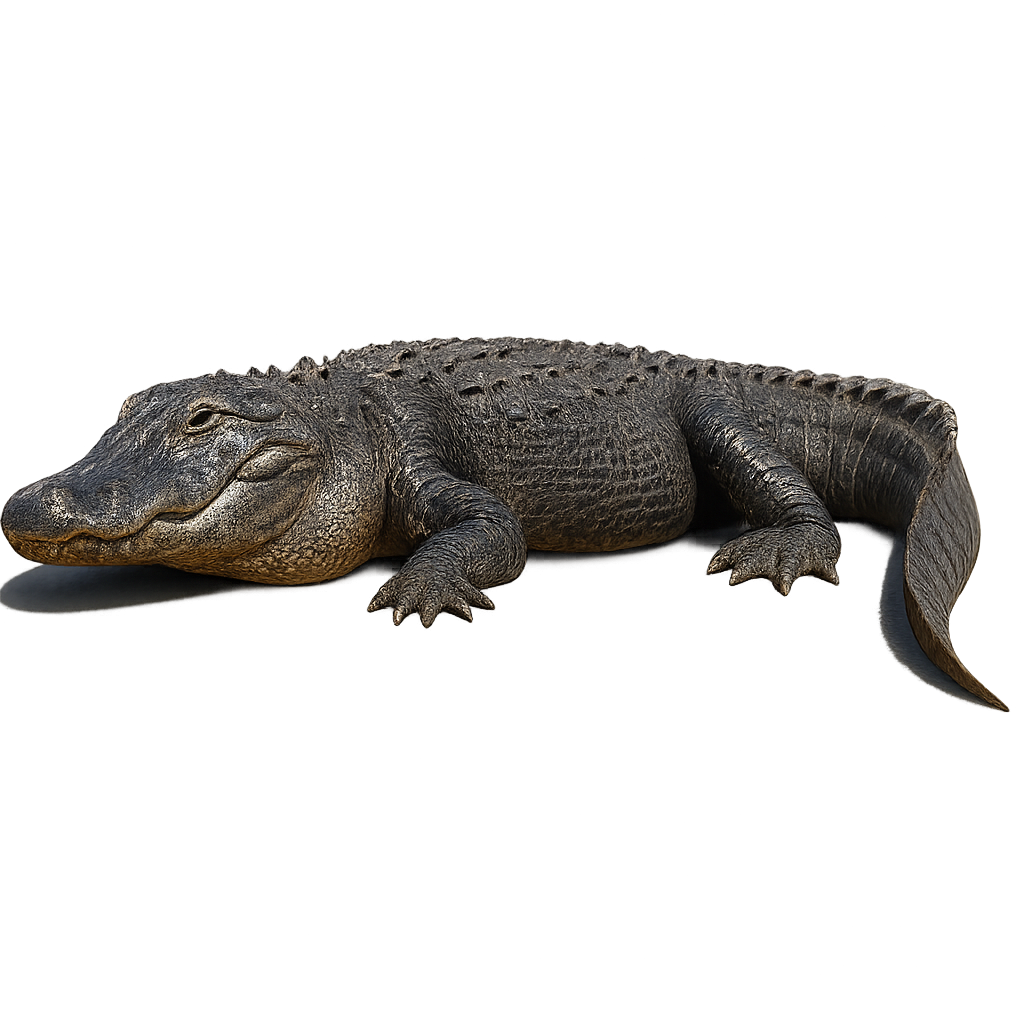Your wildlife photography guide.
Explore the alligator in detail, study its behavior, prepare your shots.
Where to observe and photograph the alligator in the wild
Learn where and when to spot the alligator in the wild, how to identify the species based on distinctive features, and what natural environments it inhabits. The WildlifePhotographer app offers tailored photography tips that reflect the alligator’s behavior, helping you capture better wildlife images. Explore the full species profile for key information including description, habitat, active periods, and approach techniques.
Alligator
Scientific name: Alligator mississippiensis

IUCN Status: Least Concern
Family: ALLIGATORIDAE
Group: Reptiles
Sensitivity to human approach: Suspicious
Minimum approach distance: 10 m
Reproduction period: March
Incubation: 2-3 mois
Births: March
Habitat:
Marshes, lakes, rivers, and freshwater wetlands
Activity period :
Mainly active at night, generally discreet during the day.
Identification and description:
The American Alligator d'Amérique, often simply referred to as the Mississippi Alligator d'Amérique, is an imposing and formidable reptile, easily recognizable by its dark skin and sharp eyes. It primarily inhabits the swamps, rivers, and lakes of the southeastern United States, where it is a top predator in the food chain. The alligator is an opportunistic hunter, feeding on fish, birds, small mammals, and even carrion. It has a remarkable ability to adapt and can survive in various environments, from freshwater swamps to salty coastal areas.
During the breeding season, males emit powerful calls that echo through the swamps to attract females, and nests are built in strategic locations to maximize egg protection.
Recommended lens:
200 mm – adjust based on distance, desired framing (portrait or habitat), and approach conditions.
Photography tips:
Use a telephoto lens to photograph the alligator safely. They are often more active at dusk or dawn. Stay vigilant and maintain a safe distance to avoid disturbing them, especially during the breeding season.
The WildlifePhotographer App is coming soon!
Be the first to explore the best nature spots, track rutting seasons, log your observations, and observe more wildlife.
Already 1 429 wildlife lovers subscribed worldwide

